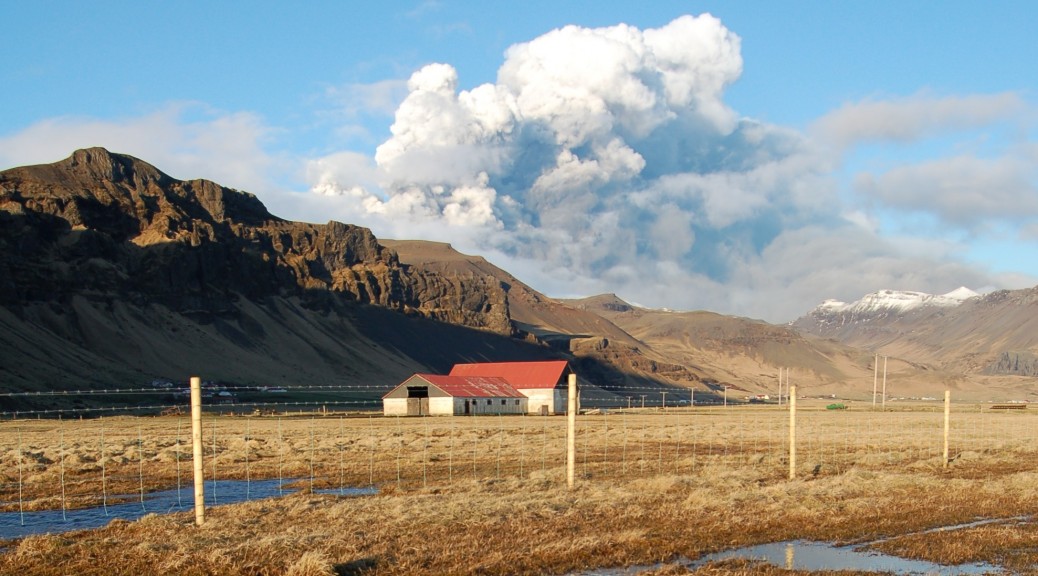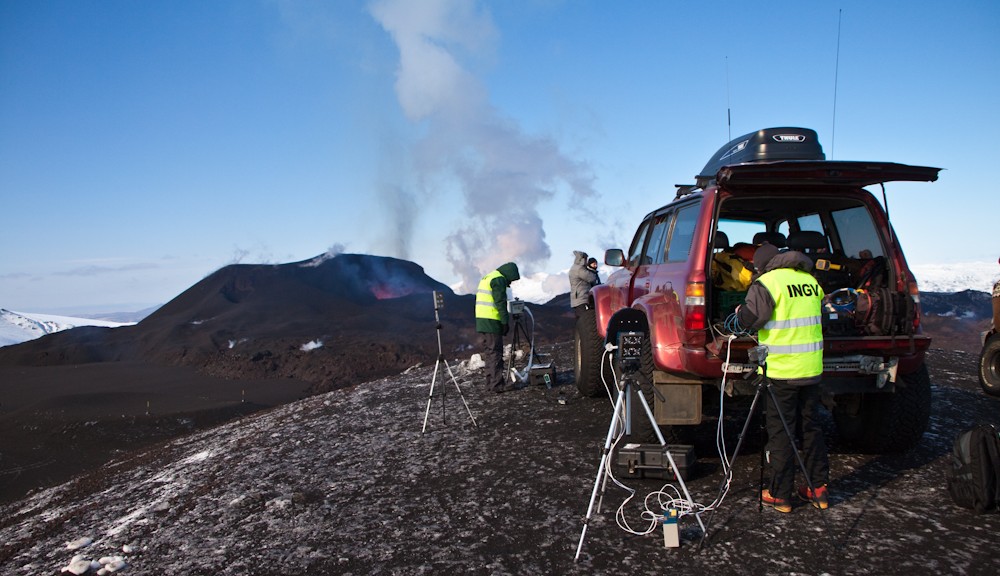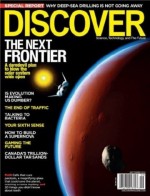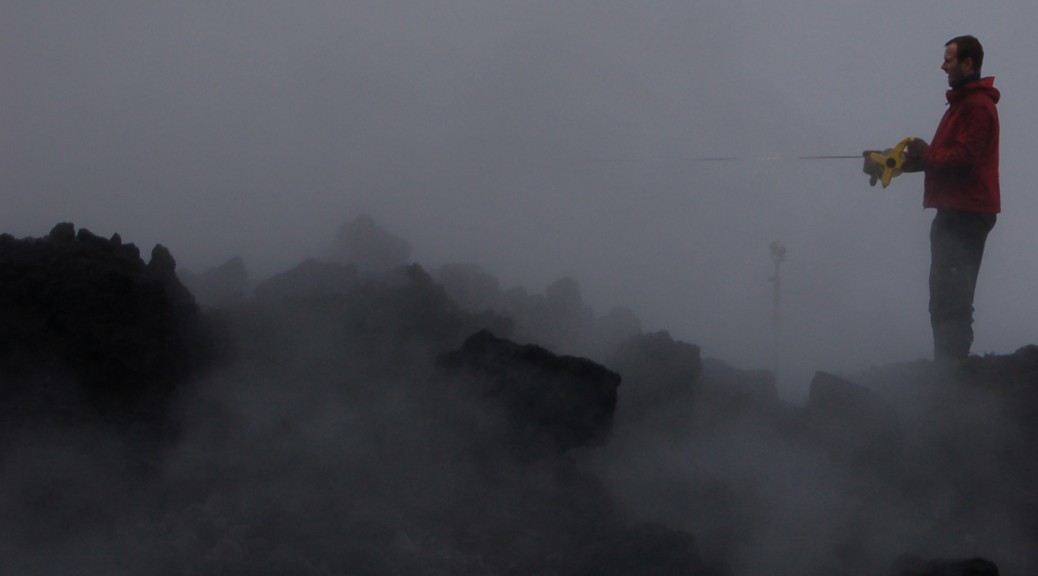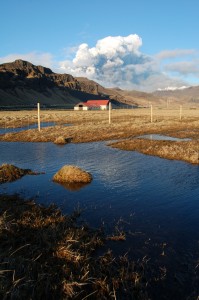 I went to Iceland in April to report on volcano monitoring during the Eyjafjallajökull eruption for Science Magazine.
I went to Iceland in April to report on volcano monitoring during the Eyjafjallajökull eruption for Science Magazine.
That story, which appeared 23 April 2010, is here.
A pair of photos from my field trips appeared in my aunt’s Long Island newspapers (L&M Publications) the week of 26 April. See them here.
A first-person essay on the visit appeared in Global Talent, a Catalan science website, on 4 May, here.
Another feature, including two of my photographs, appeared in the Financial Times Weekend Magazine on 22 May, here.
A news item appeared in Discover Magazine in the September issue, here.
